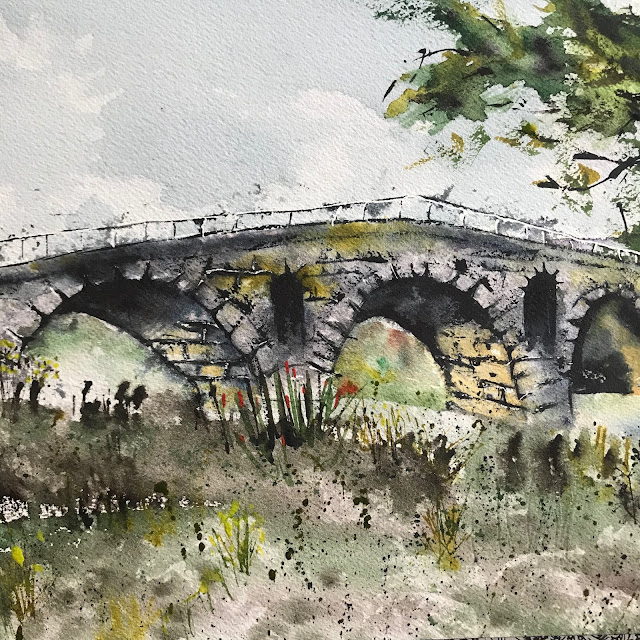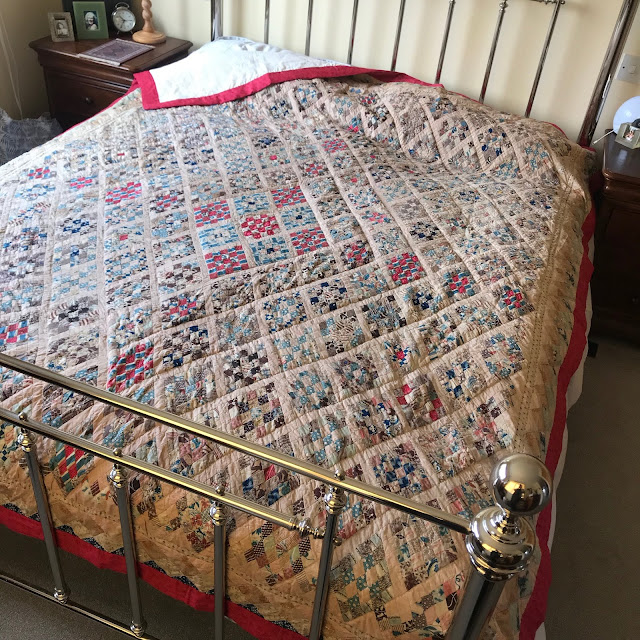The last few months have been so strange, dystopian even. With all usual activities (classes, gyms, fabric and yarn shops!) closed and a virtual stay at home order, it should have been a time of huge productivity.
I know this was true for some but although initially I had a burst of energy and finished a few things, the current "return to the new normal" (how can you return to something that is new???) left me feeling that I could have done a lot more. Yes I did do a bit of sewing, making myself a couple of new things to wear this summer, and finished a big project (more of that in a future blog, though there is a teaser it the end of this post) but I hardly knitted anything and read less that a book a week.
Knitting or reading always feel a bit of a luxury, something you can do when all the important (or boring stuff) is done, something for the afternoon sitting in the garden or on the sofa. Well, I got to the sofa or garden chair bit, then I fell asleep... Was it anxiety? Those early days were a bit scary with news coverage from around the world and at home of scenes from intensive care, rising death rates and deserted streets. It seemed that as a retired person with no essential work or work at home to do; in fact nothing but to avoid getting sick and thus save one more person entering the already overburdened hospitals, sleep was the natural thing to do
To summarise, the message I got was "please keep out of the way!"
Then I thought about my painting and actually there I had achieved quite a lot, helped by a weekly zoom class. So this is my 2020 gallery - some were painted in the last three months, others, already begun were finished off and some a bit of slicing and dicing, (where I don't particularly like the larger picture but am able to cut it down to show off small parts that I like a lot better!)
The animals were painted as presents and have, together with Weymouth Beach, already gone to their new homes but the rest are for sale, if you are interested please let me know in the comments (or by direct message on Instagram where I am @cath_ode). The pictures are various sizes and framed in Ikea's white frames with mounts.
 |
| 1. Misty lake |
 |
| 2. The Ionian and the mainland |
 |
| 3. Genteel decay |
 |
| 4. Weymouth Beach |
 |
| 5. Lakka |
 |
| 7. Poppy field |
 |
| 8. Fjord |
 |
| 9. Julian Bridge |
 |
| 10. Orchid |
 |
| 11. Bella's Buddy |
 |
| 12. Silva's leopard |
 |
| 13. (Fursty) Ferret |
xx
C
PS - the teaser - a quilt of improv curving colours, appliqué and freehand embroidery, designed as a wall hanging and inspired by the view depicted in painting no 2 (as is the bedcover)
 |
| Ionian |

























